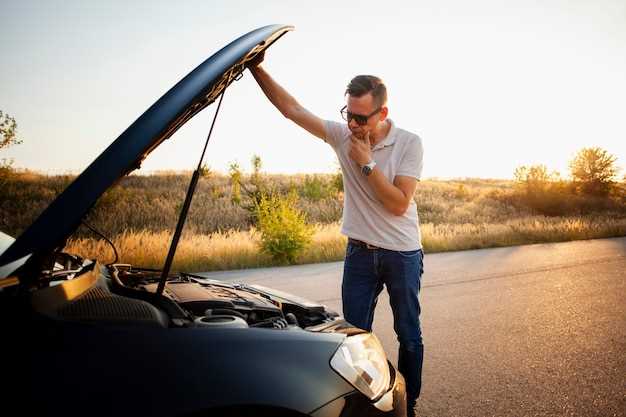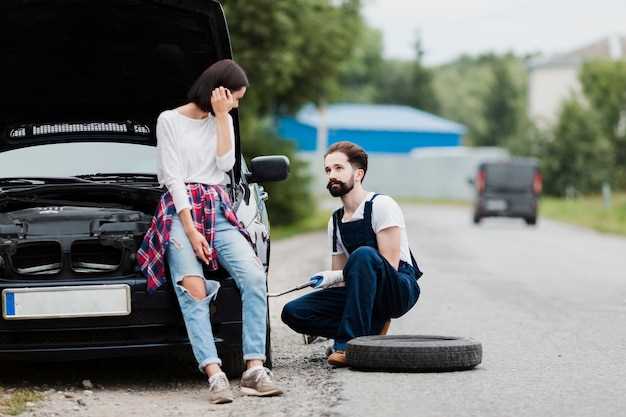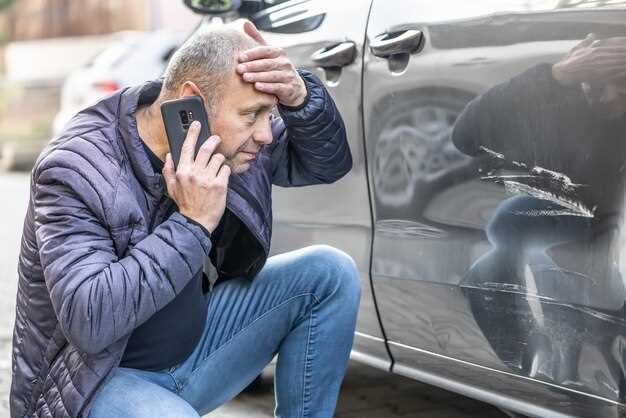

Experiencing a minor car accident can be a stressful event, but knowing the right steps to take can help you to navigate the situation quickly and effectively. It’s essential to stay calm and focused, as each action you take can influence the outcome of the incident. Understanding what to do after an accident is crucial to ensure both your safety and the proper handling of any damages.
First and foremost, assess the situation. Check for injuries among all parties involved and call for medical assistance if necessary. Once everyone’s well-being is confirmed, you can begin to fix the damage, both physically and emotionally. Documenting the scene with photographs and exchanging information with other drivers will aid tremendously if any disputes arise later on.
In the aftermath, dealing with insurance companies and repairs should be a quick and straightforward process if you have taken the appropriate initial steps. Filing a claim promptly and providing accurate information can help you recover costs related to vehicle damage and medical expenses. By following these steps, you can ensure that you handle the situation effectively and move forward with your life after an accident.
Assessing Damage and Injuries at the Scene

After a minor car accident, it is crucial to quickly assess both the damage to the vehicles involved and any potential injuries among the occupants. Start by safely moving to a location away from traffic if possible, ensuring that you are not in further danger. Once in a secure area, visually inspect your car for any visible damage, such as dents, scratches, or broken parts.
Next, examine the other vehicle for similar damage. Take notes or pictures for your records and for insurance purposes. If there are any visible injuries to yourself or others, prioritize addressing those immediately. Check for signs of distress, such as difficulty moving, bleeding, or complaints of pain.
If anyone appears injured, call emergency services right away. While waiting for help to arrive, provide comfort and reassurance to those affected if it’s safe to do so. If injuries are minor, applying first aid, if trained, may be appropriate while maintaining caution to avoid exacerbating any potential injuries.
Documenting the situation thoroughly helps in subsequent insurance claims and any legal matters that may arise. Be clear about the circumstances of the accident and gather contact information from all parties involved, including witnesses. This systematic approach to assessing damage and injuries at the scene can help ensure a smoother recovery process after a car accident.
Exchanging Information with Other Drivers
After a minor car accident, it is crucial to exchange information with the other drivers involved. This step is essential for both fixing the damages and proceeding with any insurance claims. Start by gathering basic details such as their name, phone number, and insurance company information. It’s important to note the policy numbers, as this will expedite the process of filing a claim.
Don’t forget to document the make and model of the vehicles involved, including their license plate numbers. Take notes about the accident’s circumstances, such as the time, location, and weather conditions at the moment. If it is safe to do so, consider using your phone to capture photos of the scene, which may help clarify the situation later.
While exchanging information, remain calm and polite. Avoid discussing fault, as this can complicate the situation further. Focus on collecting the necessary details needed for insurance purposes. A quick exchange of this information can make the management of the accident much smoother and help both parties transition to the next steps efficiently.
Reporting the Incident to Insurance Companies

After a minor car accident, it’s essential to promptly report the incident to your insurance company. This step not only helps in addressing any immediate concerns regarding damage but also facilitates the claims process for repairs to your vehicle.
Gathering Information: Start by collecting all relevant details about the accident, including the date, time, location, and a description of how the incident occurred. If possible, take photos of the damage to both cars and any other elements that may be pertinent.
Contacting Your Insurer: Reach out to your insurance company as soon as possible. Most companies provide a 24/7 hotline for reporting accidents. You should provide them with the information you gathered, including the names and contact details of all parties involved.
Understanding Your Coverage: Clarify what your policy covers regarding accidents. This will help you understand what expenses, such as repair costs to fix your car, may be covered and what your deductible will be.
Filing the Claim: Be prepared to file a claim either over the phone or through an online platform. Ensure all details are accurate and complete, as this will help to expedite the process. Your insurer may send an adjuster to assess the damage and determine the cost of repairs.
Follow-Up: Stay in touch with your insurance company after filing your claim. Check on the status and ask about any additional information they may require. Keeping an open line of communication will help ensure a smoother experience as you navigate through the process of fixing your car.







